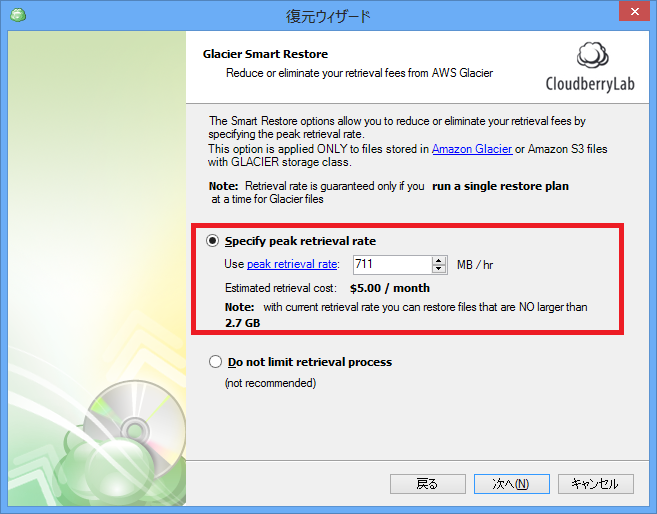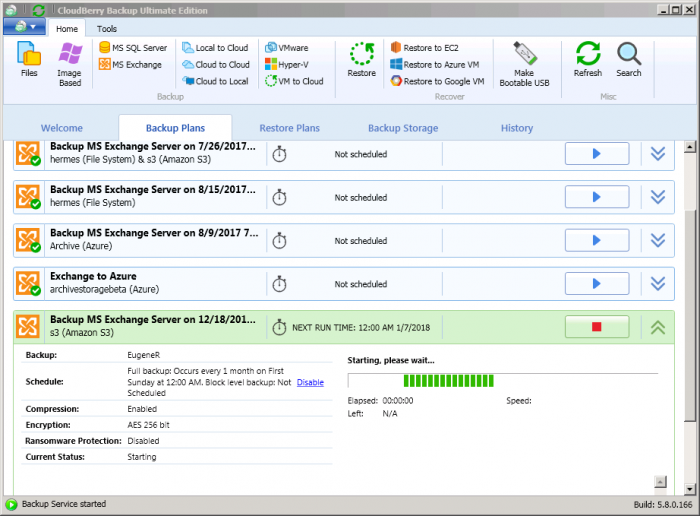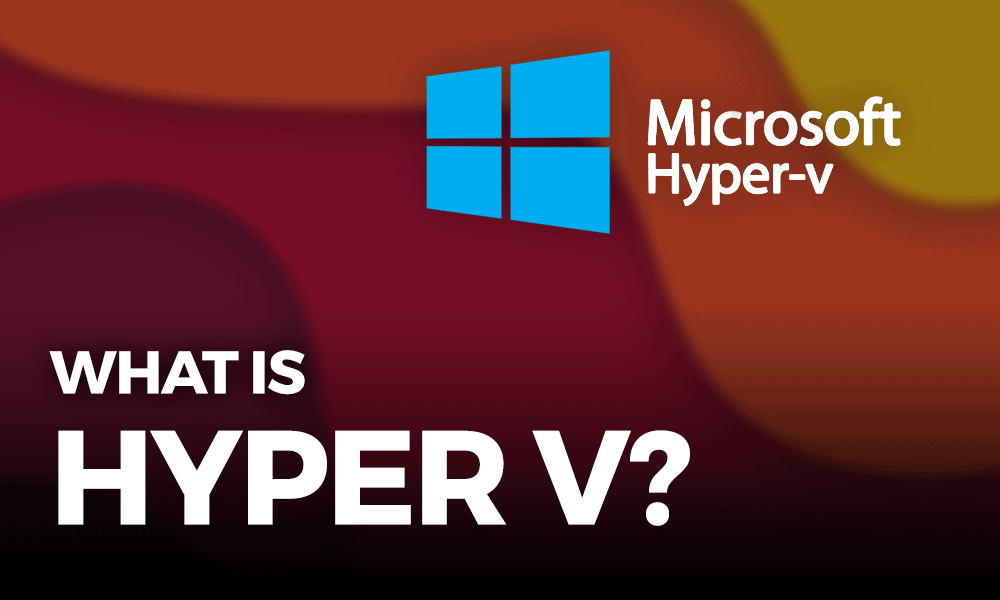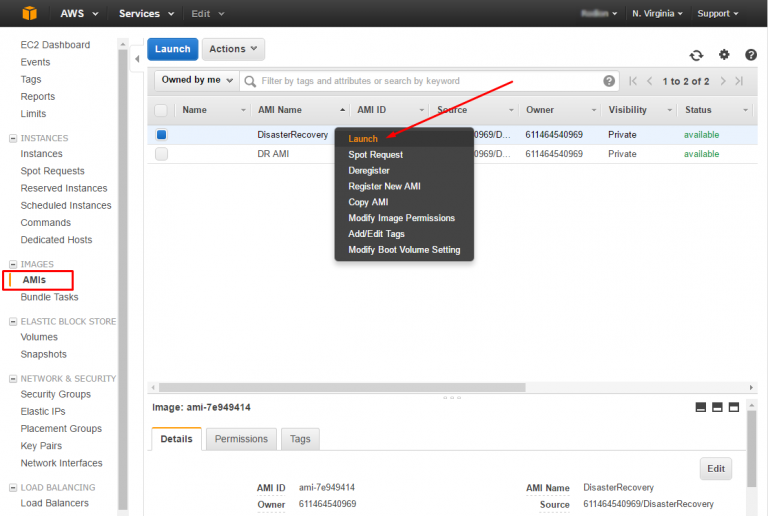
- #Convert cloudberry backup to hyper v license key#
- #Convert cloudberry backup to hyper v install#
- #Convert cloudberry backup to hyper v full#
- #Convert cloudberry backup to hyper v software#
- #Convert cloudberry backup to hyper v license#
More information about Cloud Access subscriptions for Red Hat Enterprise Linux is available from Red Hat.
#Convert cloudberry backup to hyper v license#
With license portability, you are responsible for maintaining the RHEL licenses for imported instances, which you can do using Red Hat Cloud Access. When you import Red Hat Enterprise Linux (RHEL) VM images, you can use license portability for your RHEL instances.
#Convert cloudberry backup to hyper v license key#
You will need to reactivate and specify a new license key for the exported VM image after it is launched in your on-premise virtualization platform. If you export an Amazon EC2 instance, access to the Microsoft Windows Server license key for that instance is no longer available through AWS. You are responsible for complying with the terms of your agreement(s) with Microsoft. Your on-premise Microsoft Windows Server license key will not be used by EC2 and you are free to reuse it for other Microsoft Windows VM images within your on-premise environment.
#Convert cloudberry backup to hyper v software#
Hourly EC2 instance charges cover the Microsoft Windows Server software and underlying hardware resources. In general, when you import your Microsoft Windows VM images into Amazon EC2, AWS will provide the appropriate Microsoft Windows Server license key for your imported instance. You can learn more about the AWS Management Portal for vCenter here.
#Convert cloudberry backup to hyper v install#

VM Import/Export offers several ways to import your virtual machine into Amazon EC2. We plan to add support for additional operating systems, versions and formats in the future.
#Convert cloudberry backup to hyper v full#
For a full list of supported operating systems, versions, and formats, please consult the VM Import section of the Amazon EC2 User Guide. You can import Windows and Linux VMs that use VMware ESX or Workstation, Microsoft Hyper-V, and Citrix Xen virtualization formats. And you can export previously imported EC2 instances to VMware ESX, Microsoft Hyper-V or Citrix Xen formats. You can then download and launch the exported VM within your on-premises virtualization infrastructure. You simply specify the target instance, virtual machine file format and a destination S3 bucket, and VM Import/Export will automatically export the instance to the S3 bucket.

You can export previously imported EC2 instances using the Amazon EC2 API tools.


Once your VM has been imported, you can take advantage of Amazon’s elasticity, scalability and monitoring via offerings like Auto Scaling, Elastic Load Balancing and CloudWatch to support your imported images. As part of the import process, VM Import will convert your VM into an Amazon EC2 AMI, which you can use to run Amazon EC2 instances. If you use the VMware vSphere virtualization platform, you can also use the AWS Management Portal for vCenter to import your VM. To import your images, use the AWS CLI or other developer tools to import a virtual machine (VM) image from your VMware environment. VM Import/Export is available at no additional charge beyond standard usage charges for Amazon EC2 and Amazon S3. You can also export imported instances back to your on-premises virtualization infrastructure, allowing you to deploy workloads across your IT infrastructure. This offering allows you to leverage your existing investments in the virtual machines that you have built to meet your IT security, configuration management, and compliance requirements by bringing those virtual machines into Amazon EC2 as ready-to-use instances. VM Import/Export enables you to easily import virtual machine images from your existing environment to Amazon EC2 instances and export them back to your on-premises environment.


 0 kommentar(er)
0 kommentar(er)
